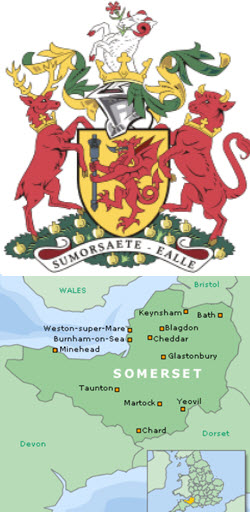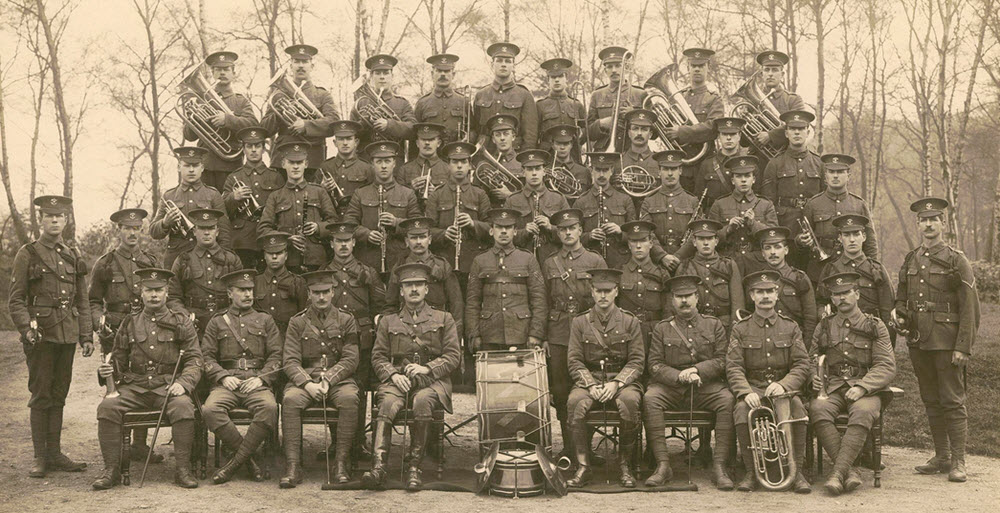The Tower of London: An Overview
The Tower of London stands as one of the most renowned historical landmarks in the United Kingdom. This iconic fortress, established by William the Conqueror in 1066, has served multiple purposes over its extensive history, transitioning between roles such as a royal palace, a prison, and a treasury. Its architectural evolution, reflecting its various roles, is of particular interest to historians and visitors alike.
Early Beginnings as a Fortress
Initially constructed to symbolize Norman power, the Tower of London commenced life as a modest motte-and-bailey castle. The heart of this fortress, the White Tower, was completed in 1078, designed to be a fortified centerpiece in William’s defensive strategy for the newly conquered England. The White Tower laid the groundwork for the sprawling complex we recognize today, with its stout walls standing as a testament to medieval engineering.
Transition to a Royal Palace
During the medieval period, the Tower’s identity morphed from a pure military installation into a lavish royal abode. Monarchs who resided in or visited the Tower sought to amplify its defensive structures while simultaneously enhancing its residential allure. This transition mirrors the dual identity the Tower maintained—as both a formidable fortress and a royal domicile.
Among the significant architectural developments during this time were enhancements like the erection of the curtain wall and the construction of Traitor’s Gate. This formidable entry, accessible directly from the River Thames, would later become infamous for the transportation of prisoners, reinforcing the Tower’s menacing reputation.
The Tower as a Symbol of Power
In the Tudor era, the Tower’s purpose continued to shift, increasingly embodying a dual function as a state prison and a powerful monarchical symbol. Figures such as Anne Boleyn and Lady Jane Grey, among other notable prisoners, met their grim fates within these walls. This period was integral in shaping the Tower’s fearsome reputation, weaving a web of intrigue and tales of executions that continue to captivate the public imagination.
Evolution into a Military Stronghold
As the centuries advanced into the 19th and 20th, the Tower’s role as a military stronghold became more pronounced. It played a crucial part in Britain’s defense strategy, becoming an arsenal that housed vital munitions. Additionally, the Tower assumed significant responsibilities related to the security of national leaders, particularly during the turbulent times of both World Wars. This evolving role underlined the Tower’s strategic and historical importance, shifting with the demands of its time.
Moreover, the Tower’s usage during the World Wars further highlighted its lasting strategic significance, adapting once again to meet the needs of a nation at war.
Present-Day Role
In contemporary times, the Tower of London retains its grandeur as a UNESCO World Heritage Site and a major tourist destination. Despite its many transformations over the centuries, the Tower remains a vivid emblem of British heritage. It houses the revered Crown Jewels, continually drawing millions of visitors each year, and holds an ongoing role in ceremonial events.
Beyond mere visitor attraction, the Tower serves as a window into the diverse narrative of the British Isles, mirroring the multifaceted history of the monarchy and the nation’s military legacy. Its prominent presence in central London acts as a powerful reminder of the nation’s storied past, seamlessly integrating historical reverence with modern-day significance.
In summary, the Tower of London’s rich past as a fortress, royal residence, prison, and military bastion provides a comprehensive glimpse into the shifting nature of British royal and military prerogatives. Despite the ebbs and flows of its historical roles, its enduring presence in London underscores its significant role as a beacon of national history and cultural heritage. The diversity in its function and form over nearly a millennium solidifies its status as a crucial piece of England’s historical tapestry, continuing to inspire fascination and respect worldwide.



